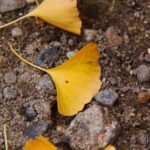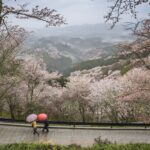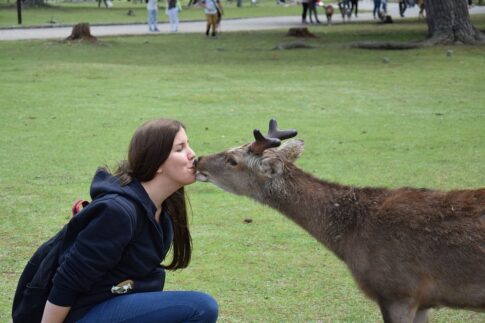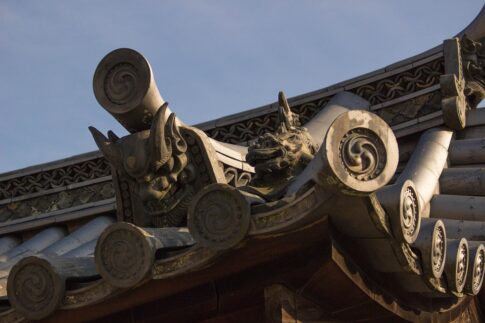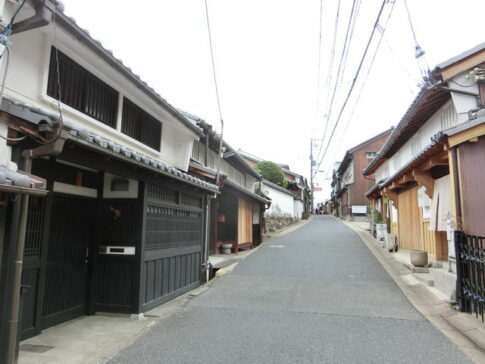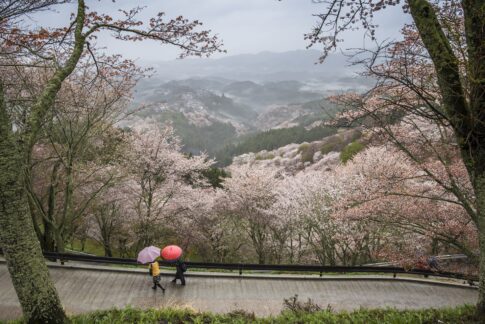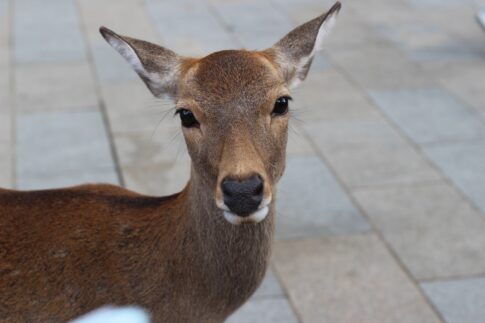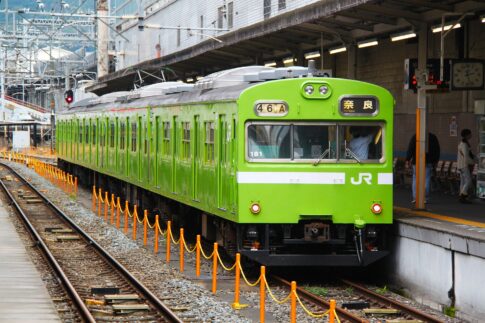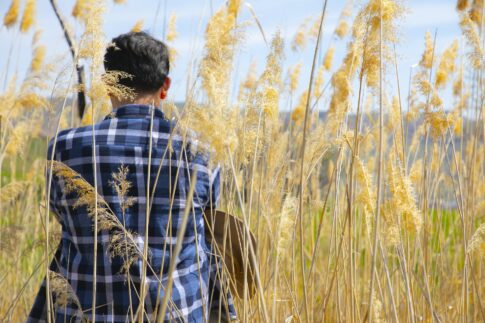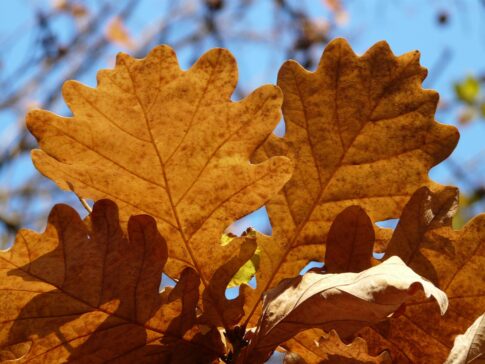Have you ever heard of the Kojiki?
It is the oldest extant “history book” in Japan.
It tells us the origins of the country of Japan mythically.
It has a deep connection with Nara because it is said to be compiled the time when the dynasties were placed in Nara.
So knowing the stories will make your trip to Nara more enjoyable and profound.
When and Why the Kojiki was Written

The compilation of the Kojiki is said to have been carried out by order of the then Emperor Genmei, whose reign began in 707, which means that the compilation took place just around the time the capital was moved to Heijo-kyo in Nara in 710.
Although it cannot be said that the purpose and subject of the compilation are all clear, the Asuka period saw the loss of valuable books including the “Chronicle of the Emperors” when Soga Ezo, cornered by the Otomi Incident (Taika Reform taken place around Nara),
set fire to his own residence in Nara, and the subsequent social situation prevented the compilation of accurate historical books.
One of the reasons for this is considered to be the fact that the compilation of accurate history books was not completed, and the history of the period was becoming vague.
Who and How Wrote the Kojiki
The author of the Kojiki is still unknown today.
It is impossible to answer “who” since it is not a single author, but a mixture of myths, histories, oral traditions, historical documents, and many other things.
The introduction states that the work was created based on the Teiki (genealogical records) and the Kojiki (history books),
but since it describes history from the time when there were no written records, it is assumed that there are various other traditions mixed in, such as family lore and shrine traditions.
Even at the time when the Kojiki was compiled in Nara, it was already difficult to know what was the true story, so the Nihon Shoki(Chronicles of Japan), written at the same time also mainly in Nara as the Kojiki, contains variant legends, such as “This one says this,” or “There is also this theory.
However, since the Kojiki does not leave behind any variant legends, but picks up one theory and connects it throughout, it is certain that it reflects the thought of someone who chose that theory.
The Features of the Kojiki
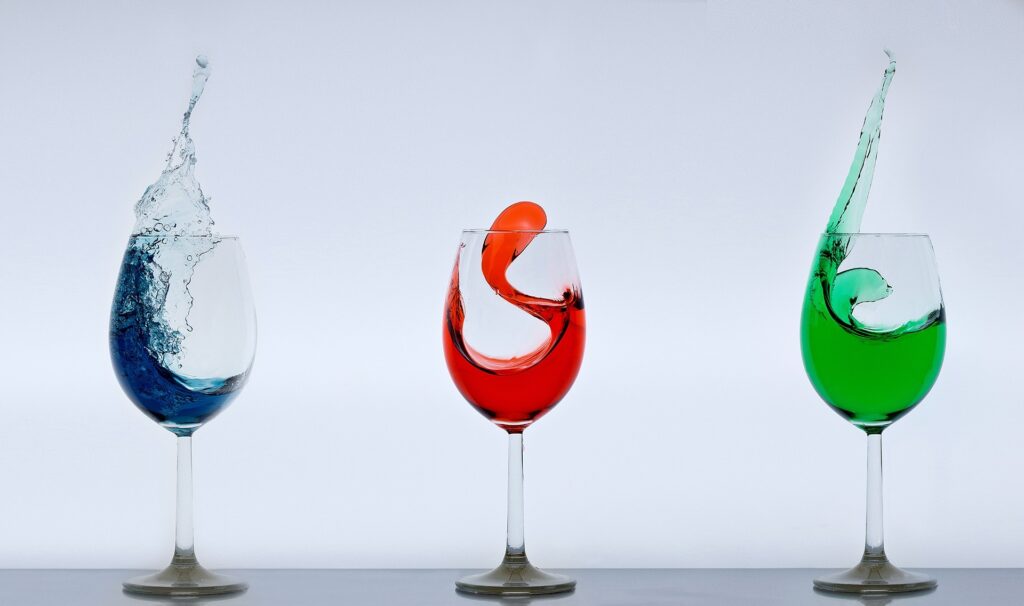
The Kojiki as a book is characterized, very roughly speaking, as more “literary and narrative” than the Nihonshoki, which is also a history book, in that it “contains more descriptions of the mythological period.
In particular, there is a considerable difference in the Izumo myth. As the “myth of Ohokuninushi” is clearly described in the Kojiki, while it does not exist in the Nihonshoki.
It suggests the possibility that the Kojiki and the Nihonshoki differ in the history that they wish to depict and in the importance that they attach.
In addition, the Kojiki is likely to be regarded as a private historical record, compiled for a limited domestic audience, while the Nihon Shoki is a official, national, and international historical record.
Although there are various ways of thinking depending on the reader, it may be that stories based on the Kojiki are easier to empathize with and imagine.
The Outline of the Kojiki
After the world began and various gods appeared, Izanagi and Izanami were born.
The two deities were given the Nuboko(spear) by the heavenly deities, and they created the land of Japan.
They pulled the spear down from the ladder connecting heaven and earth and churned the sea.
Onogoro Island was formed by the tide that fell from the tip of the spear as it was pulled up.
The two deities descended there, erected a sacred pillar, and circled around it to marry.
They then gave birth to the lands of Awaji Island, Shikoku, Kyushu, Iki Island, Tsushima, Sado Island, Honshu, Kojima Island, Shodoshima Island, and so on.
Izanami then gave birth to various gods necessary for human life, such as rock, earth, sand, house doorways, roofs, oceans, estuaries, foam, water surfaces, watersheds, wind, mountains, fog, valleys, and grain, but when she gave birth to the god of fire, she got severe burns and died.
Grieving, Izanagi went to Hades to meet his wife.
Izanami asked him not to see her while she was there because she would try to bring him back to life, but Izanagi broke his promise and saw her as a corpse.
Izanagi, having broken his promise, and were chased by the dead and finally escaped.
From this moment on, the two gods were in conflict as gods of life and death, and humans were born and died in this world.
According to the Kojiki, Izanagi-no-mikoto, a male deity, and Izanami-no-mikoto, a female deity, created Japan at the end of the “kuni-birthing” and “kami-birthing” processes, and Izanami gave birth to a fire deity who died.
Izanagi wept and prostrated himself over the body of his wife.
The goddess of tears is enshrined at the Uneotadamoto Shrine at the western foot of Mount Kagu in Nara, the site of many myths and legends.
The deity of the goddess born from tears is a well.
She is enshrined in a forbidden area at the back of the shrine, surrounded by a stone wall and a wooden fence.
Visit the Places Associated with the Kojiki in Nara
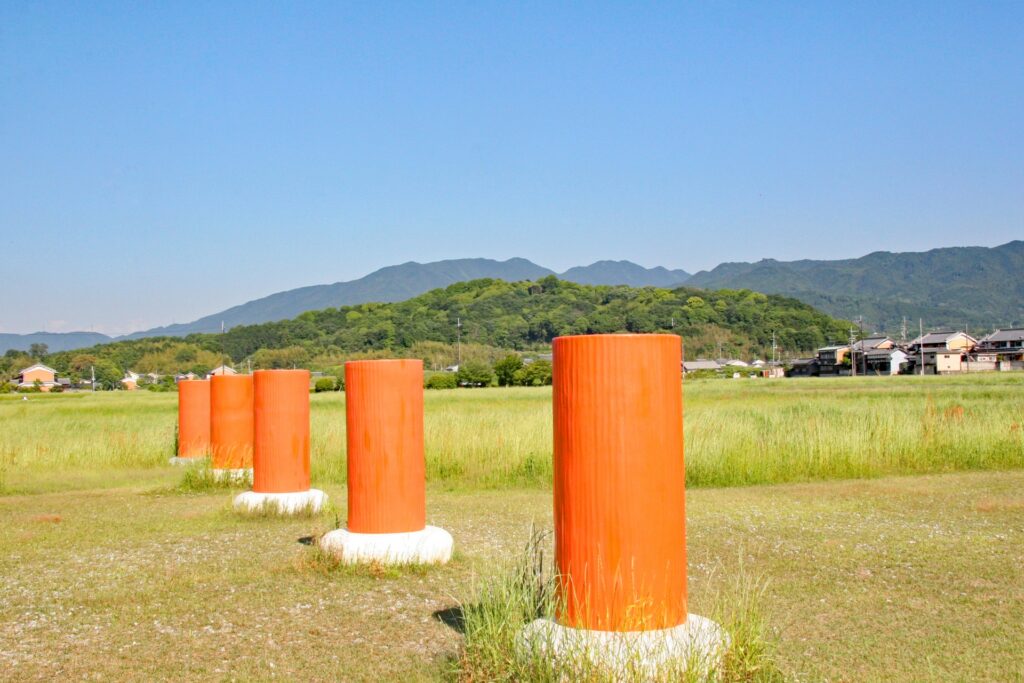
Mt. Kagu in Nara is about 152 m above sea level, and is also called Amano-Kaguyama (Mt. Ama-no-Kagu) also in Nara because it is said to be “the mountain where the gods descend from heaven.
At the northern foot of the mountain is the Ama-no-Kaguyama Shrine, which enshrines the god of divination.
At the southern foot is the Ama-no-Iwato Shrine, which is associated with the myth of Ama-no-Iwato.
At the summit is the Kunitokototachi Shrine, which enshrines the root deity of heaven and earth.
On the mountainside are the Kamino-Mimae and Shimo-Mimae shrines, which worship the deities Izanagi and Izanami.
It is a 10-minute walk from the trailhead to the summit, which looks like a small hill. Enjoy a light mountain walk in the solemn forest of the gods, and you can tour the sacred sites of the Kojiki.
Summary
Today we introduced the basic information of the Kojiki and one of the places related to it in Nara.
There many such places in Nara, so if you are interested in Japanese oldest mythical stories, we recommend you to make “the Kojiki trip”!

